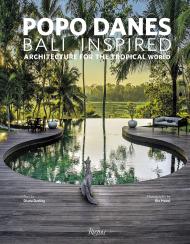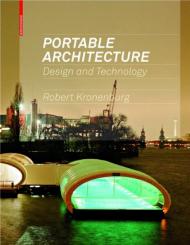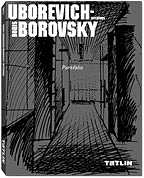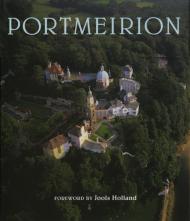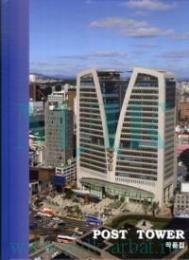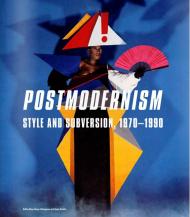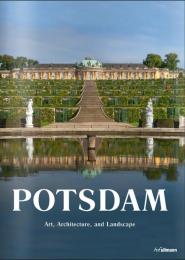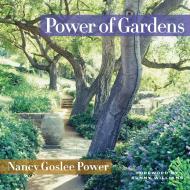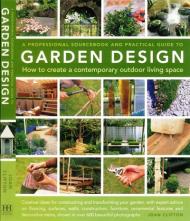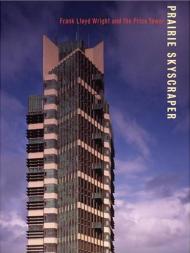- Provides a comprehensive look at different pool-design strategies, engineering concepts and landscape designs
- Will appeal to landscape designers, architects and home builders looking for new ideas in pool architecture and other landscaping concepts
- Features high-quality photography of projects from around the world, from sprawling estates to compact inner-city courtyards. Each project will be accompanied by detailed narratives, under the general umbrella themes of Modern, Natural, Rustic, and Indoor styles
- Stands out from the competition as a comprehensive reference title as well as a visually stunning pictorial guide of pool trends. The book will include detailed floor plans in relation to building structures, information on the pool builders, or the manufacturers of the pool's various technical systems, measures, materials and explanations on how the pool systems work
The pool is an aspirational motif that recurs across the history of residential architecture, no matter which era or location. From the impressive palace baths of Europe and the magnificent pools of luxurious mansions and country estates, to the stylish and contemporary designer terraces and the humble, tucked away inner-city courtyards of the average home in all structures the themes of style, engineering, and design are standard.
In Pools: Design and Form with Water, renowned photographer Miquel Tres spectacular full-colour images and detailed narratives showcase a wide selection of pool designs from around the world. This book features a multitude of examples in a wide range of styles: natural chemical-free pools with purifying systems; rustic pools which use local materials and natural depuration methods in sometimes rural settings; contemporary dazzlers and designer pools for interior and exterior spaces, including illuminated designs and other modern features.
Pools will help the aspiring landscape or interior designer to determine the latest trends and to consider strong garden contexts and landscape planning, outdoor pool-site plans, materials and furniture.
About the Author:
Miquel Tres is a travel photographer who more recently has specialized in interior design and garden photography. He has travelled extensively since 1999, taking images of private residences, landmark buildings, public and private gardens, swimming pools, sports facilities and wellness resorts. He has published many books on gardens and architecture. His images are published regularly in Spanish, Italian, German, French and English magazines.
Пролистать книгу Pools: Design and Form with Water на Google Books.



